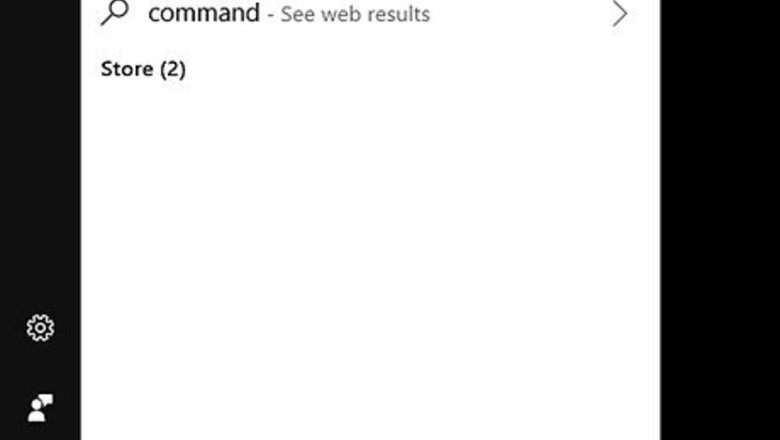
views
Enabling the Hidden Administrator Account
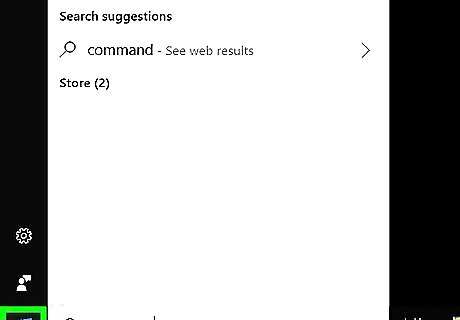
Open Start Windows Start. Click the Windows logo in the bottom-left corner of the screen. In order for this method to work, you must currently be logged into an account with Administrator privileges. If you're attempting to give another account on this computer administrator privileges, skip to the third part.
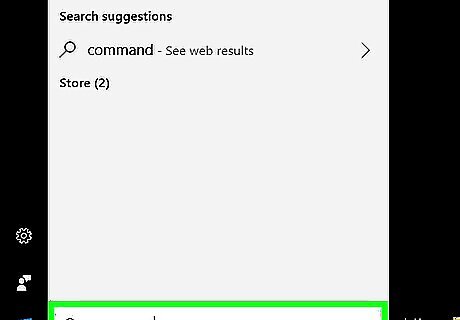
Type in command prompt. Doing so will prompt the Command Prompt program to appear at the top of the Start window.
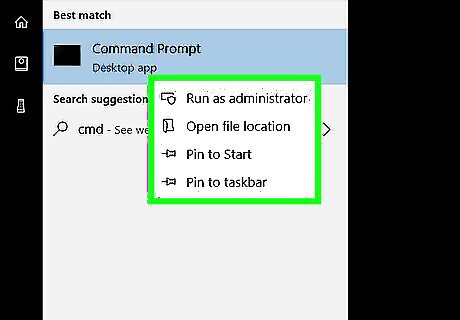
Right-click Windows cmd Command Prompt. A drop-down menu will appear. If you don't have a right mouse button, use two fingers to click or tap the trackpad—or press the far-right corner of the trackpad button—in lieu of right-clicking.
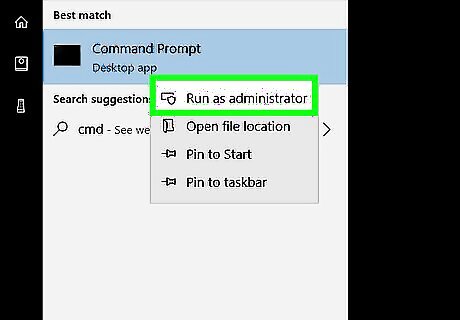
Click Run as administrator. It's in the drop-down menu.

Click Yes when prompted. Doing so will prompt Command Prompt to open in administrator mode.
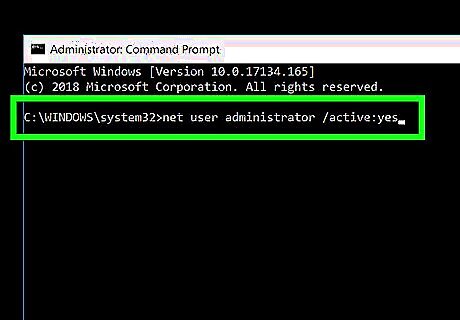
Enable the hidden administrator account. Type:net user administrator /active:yes into Command Prompt, then press ↵ Enter. From now on this computer, you'll have the option of opening the Administrator account at any time by using Safe Mode.
Accessing the Hidden Administrator Account
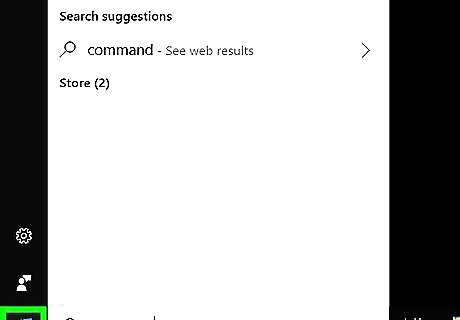
Restart your computer into the Advanced Options menu. To do so, open Start Windows Start, click Power Windows Power, and then hold down ⇧ Shift while Windows restarts. You can release ⇧ Shift once you arrive at the Advanced Options screen.
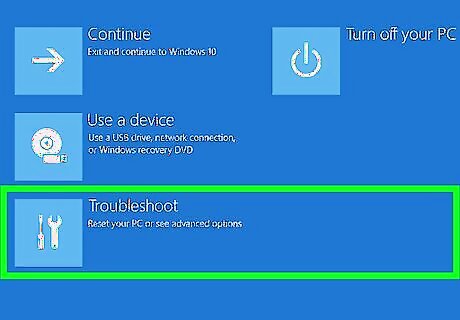
Click Troubleshoot. It's the wrench-shaped icon on the Advanced Options screen.
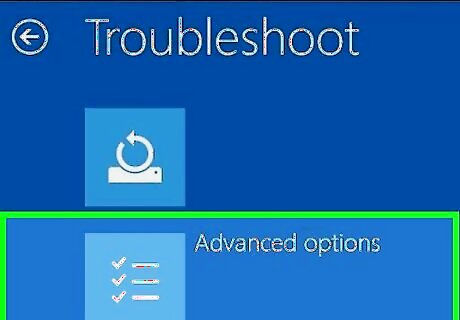
Click Advanced options. You'll see this option near the bottom of the screen.
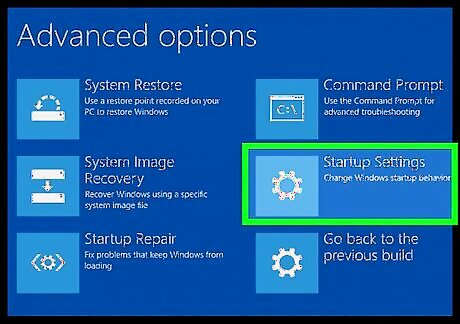
Click Startup Settings. It's on the right side of the screen. Doing so opens a list of potential restart options.

Click Restart. This is near the bottom of the list.
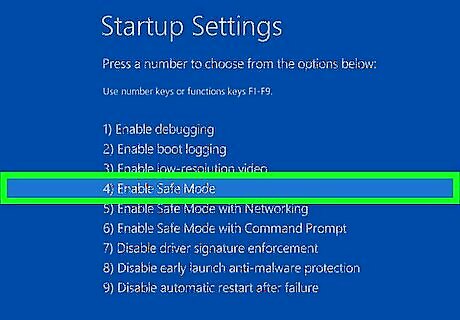
Press 4. Doing so selects "Safe Mode" as your restart option and restarts your computer into Safe Mode. This process can take several minutes.
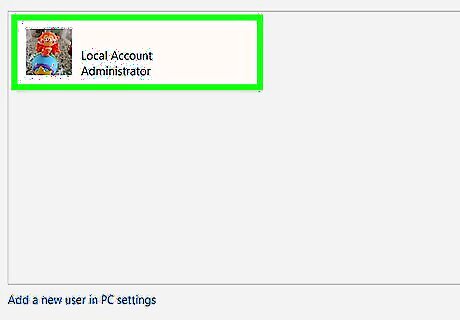
Click the Administrator tab. It should be in the lower-left corner of the screen. Doing so will log you into the Administrator account. You may have to click the Administrator tab several times to get it to open.
Changing Standard User Account Privileges
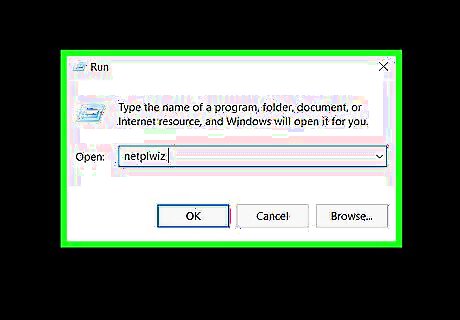
Press ⊞ Win+R. This will open the "Run" text box. If you're using the Administrator account with Safe Mode, this is the best way to open the "Run" box since the Start menu doesn't always work. If you're currently logged into a different user's administrator account, you can click Start instead.
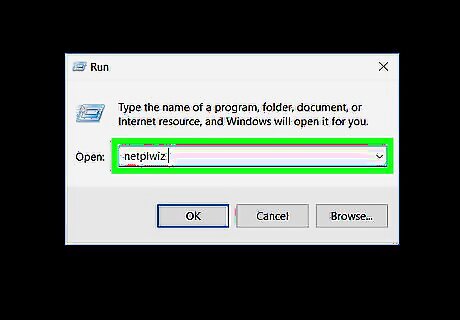
Type in netplwiz and press ↵ Enter. This will open the User Accounts window. If you typed this into Start, click netplwiz at the top of the Start window instead.
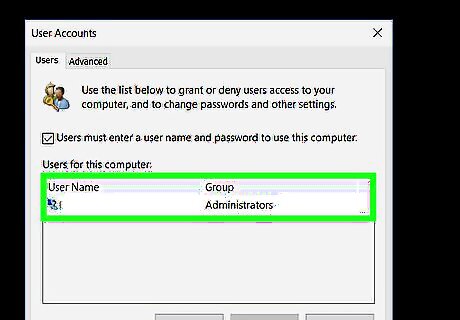
Select your personal account. Click on your personal account's name or username. If you're on a communal computer, you may have to scroll down to find the proper account.
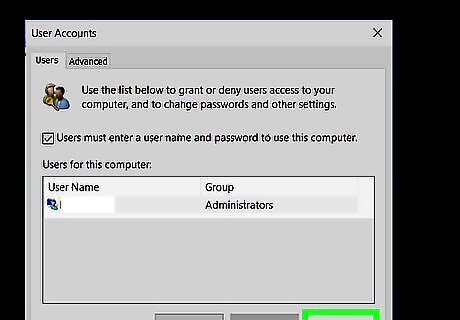
Click Properties. It's in the lower-right corner of the window. A new window will open.
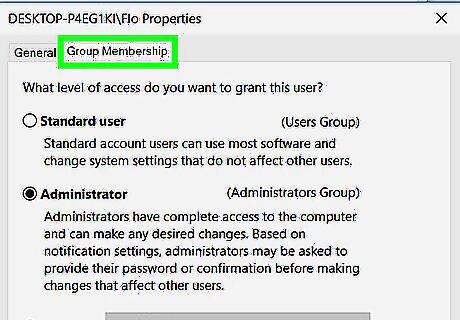
Click the Group Membership tab. You'll find this at the top of the new window.
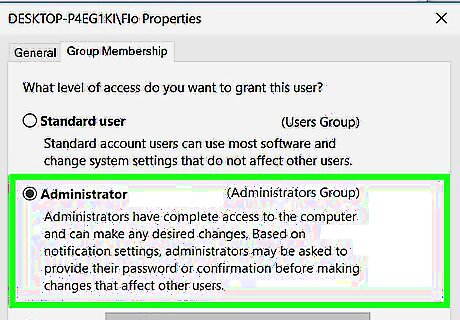
Check the "Administrator" box. It's in the middle of the window.
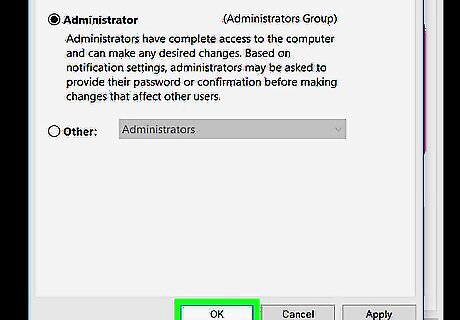
Click OK. This option is at the bottom of the window.
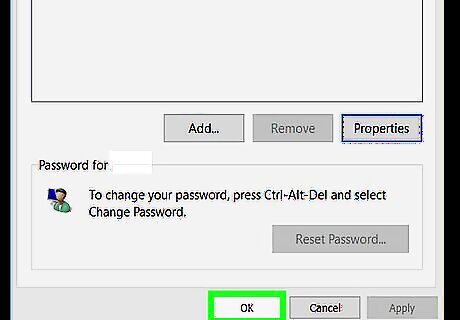
Click OK. It's at the bottom of the window. Doing so will apply your account changes.
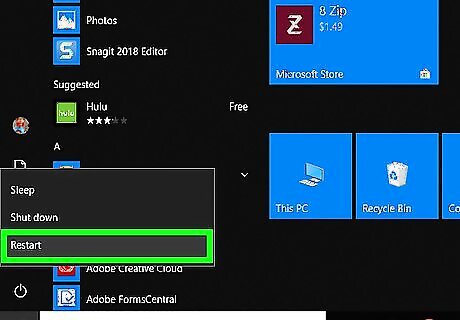
Restart your computer. When your computer finishes restarting, you should be out of Safe Mode and your account should now have administrator privileges.




















Comments
0 comment